Underwater Cenote Portrait Tulum – Nessa
Birthday Underwater Cenote Portrait Mexico
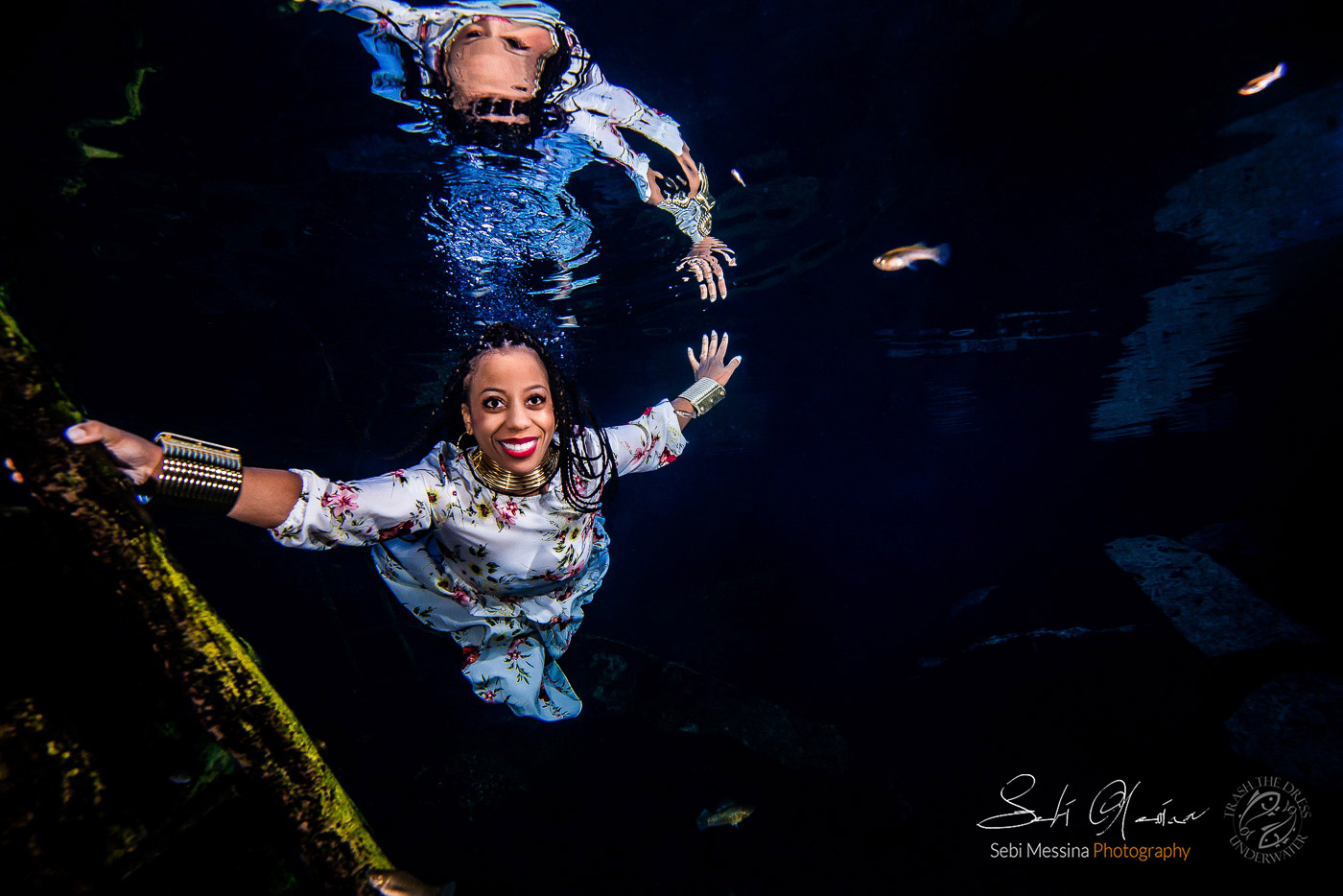
Underwater Cenote Portrait

Cenote Underwater Photos
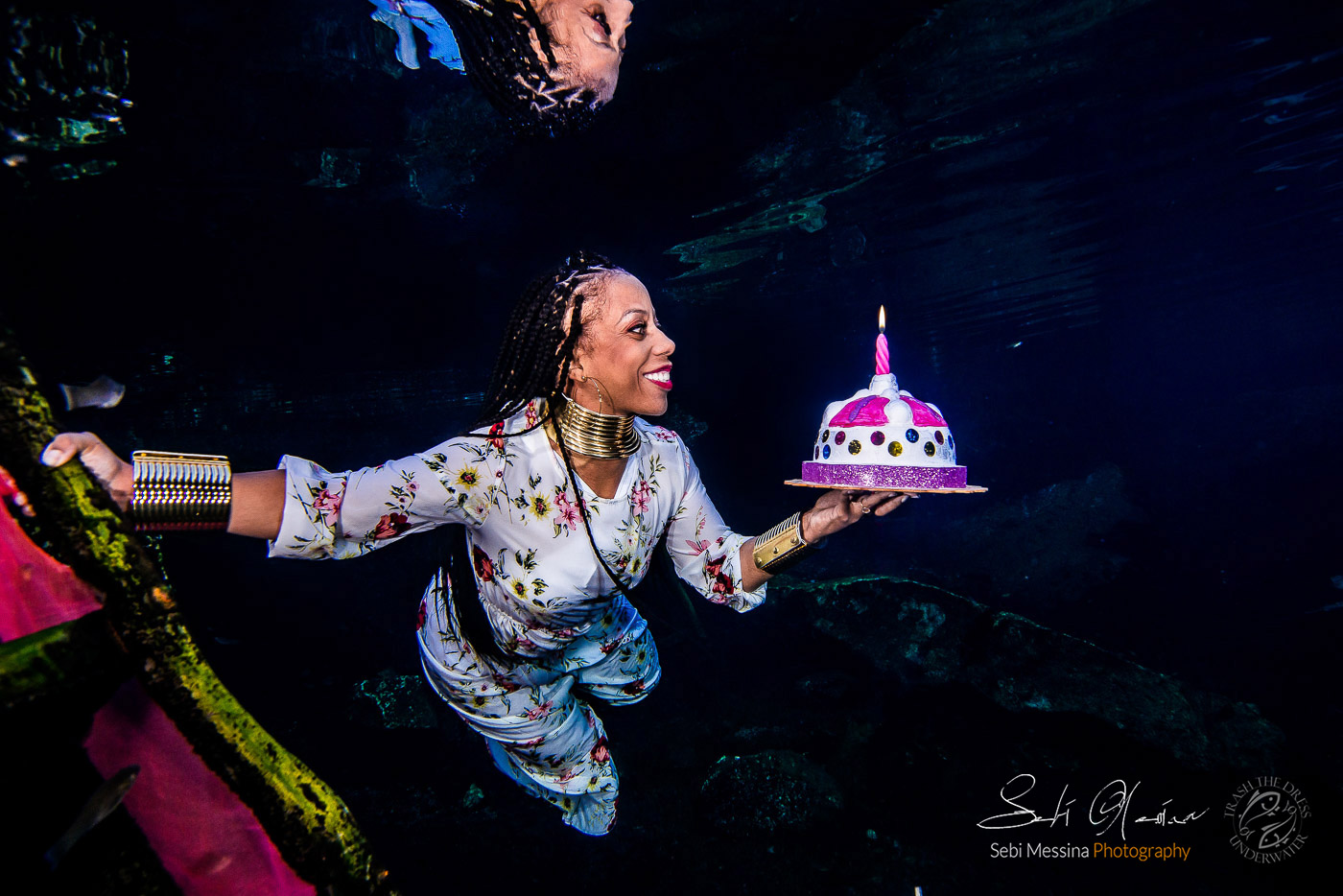
Birthday Underwater Cenote
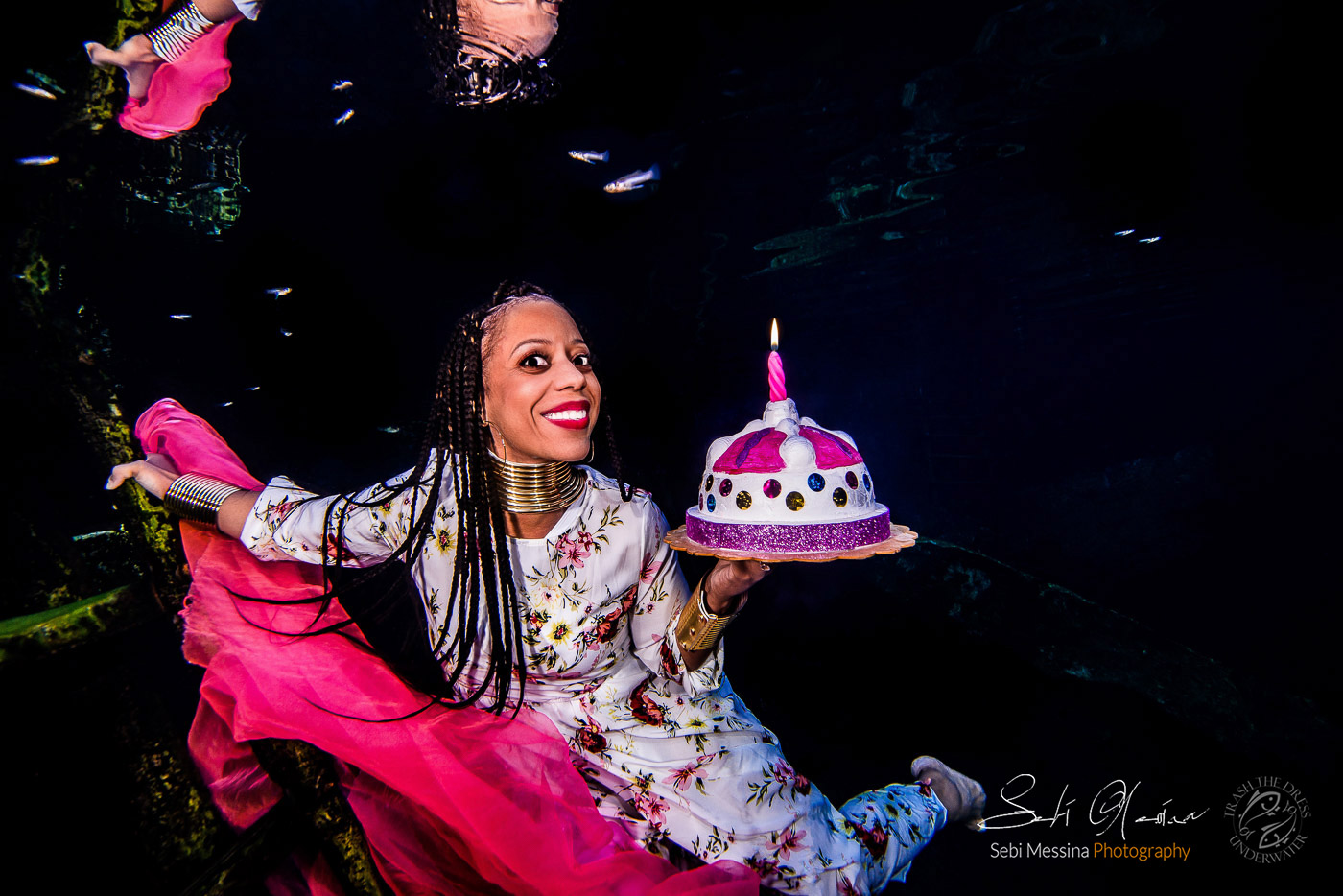
Cenote Underwater Photos
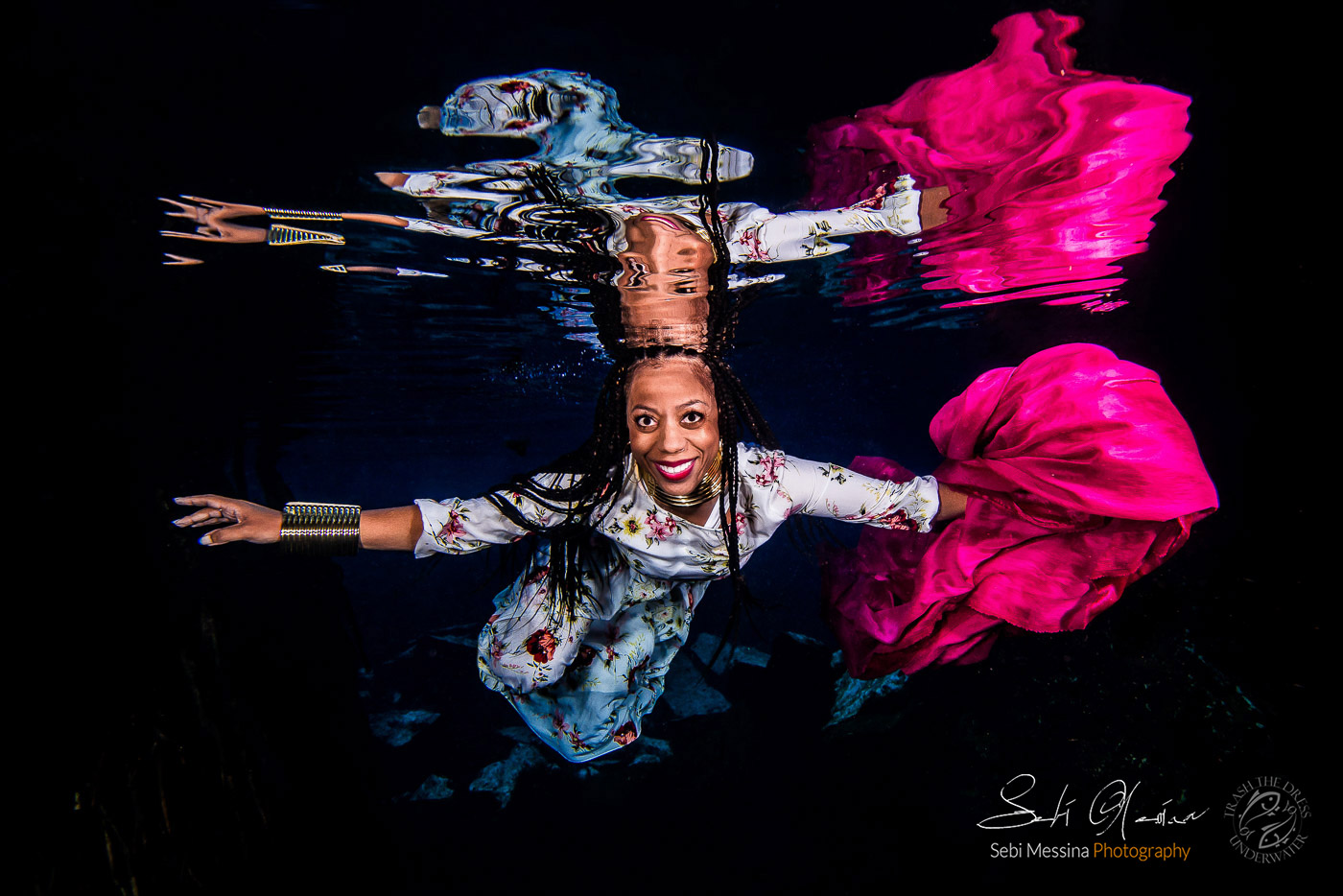
Underwater Cenote Photographer
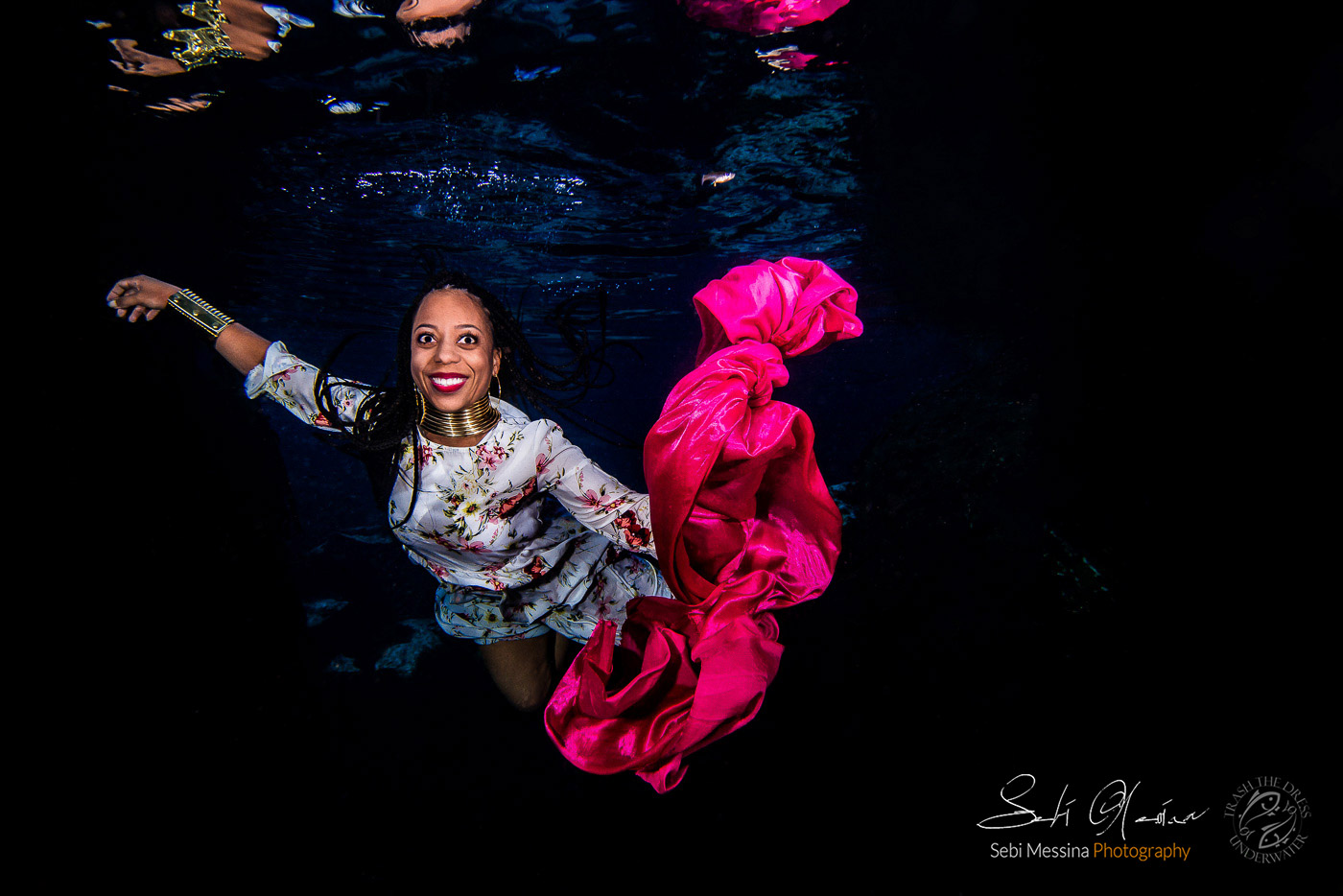
Underwater Cenote Portrait
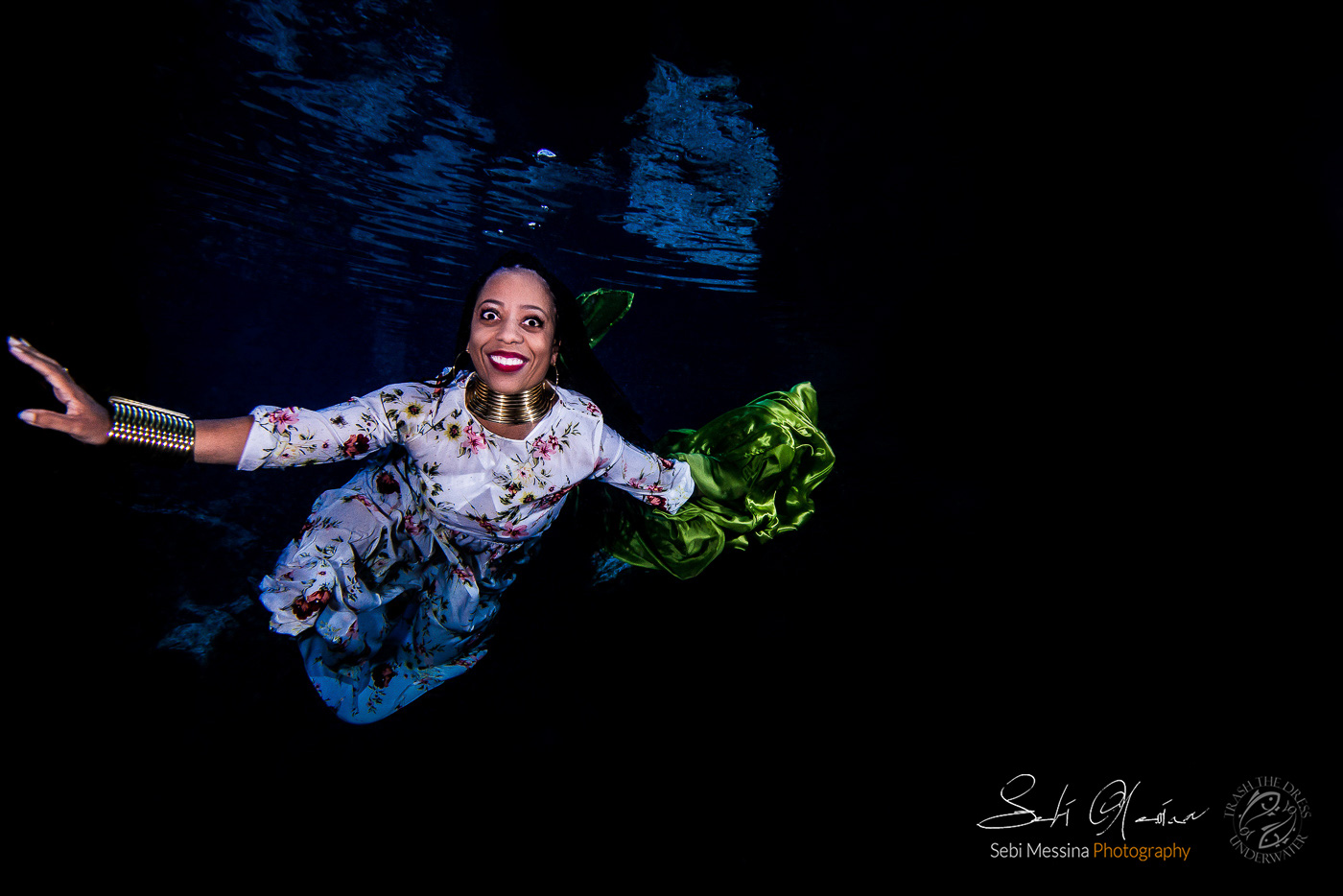
Underwater Cenote Photographer
Learn more about our packages
and
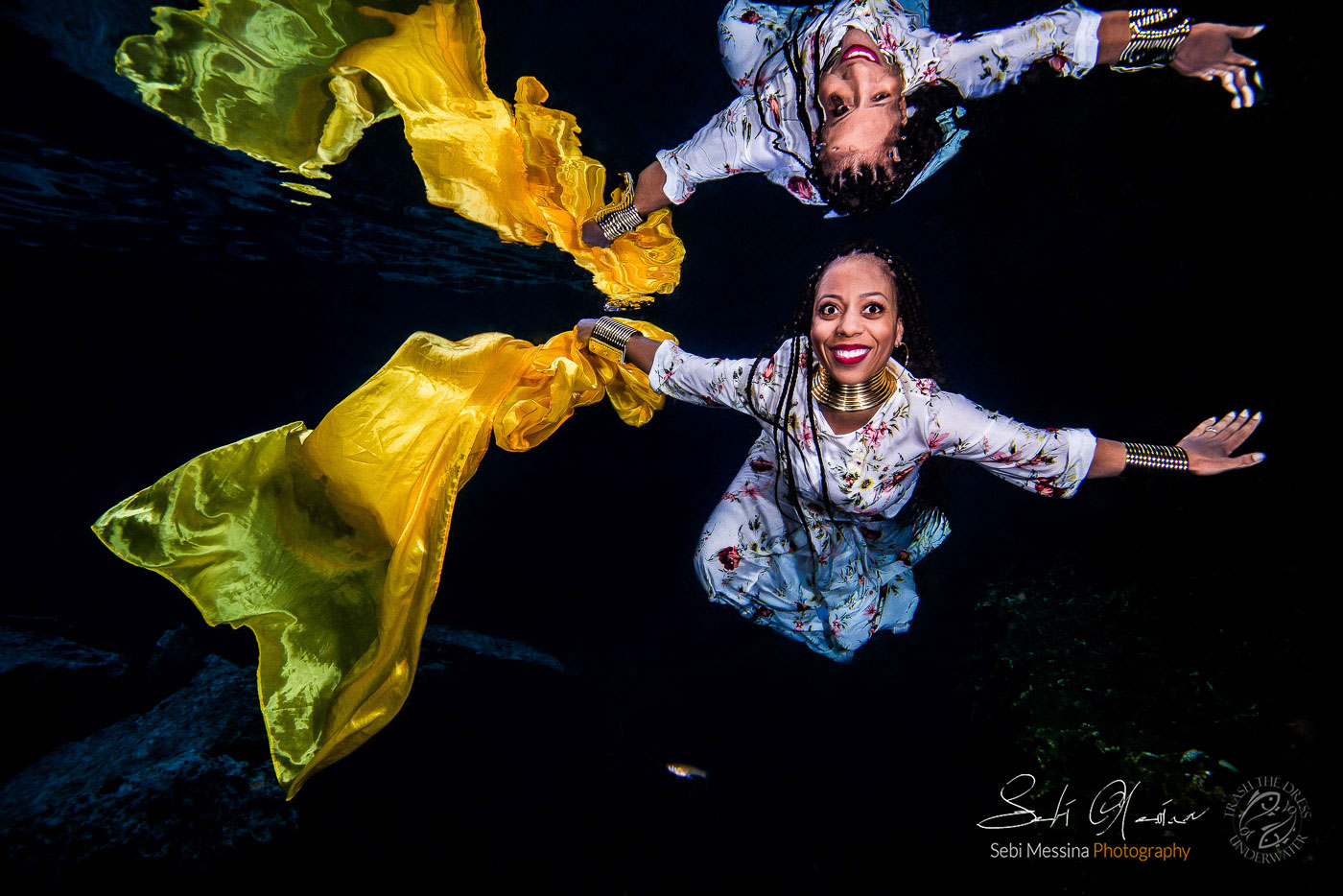
Underwater Cenote Portrait
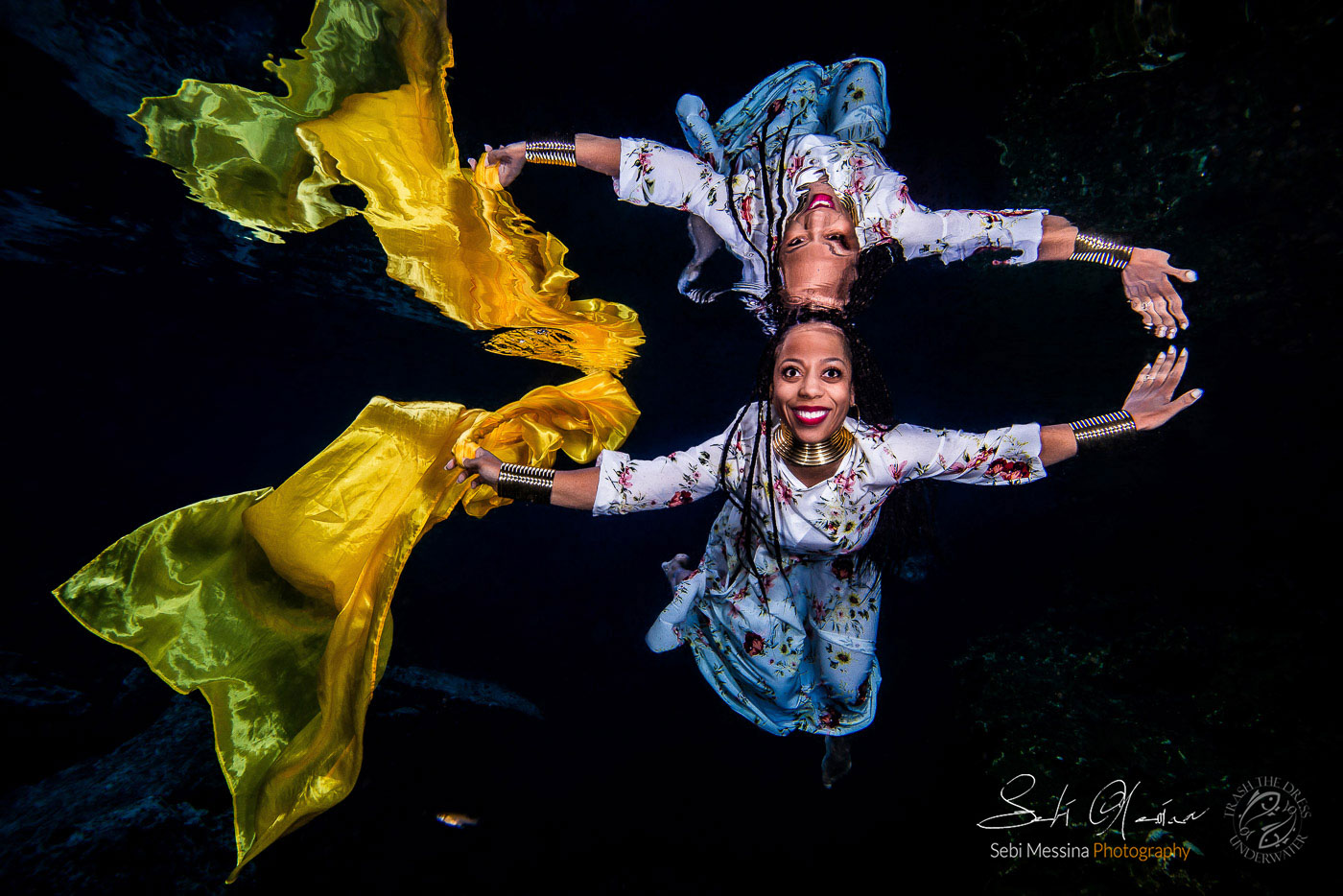
Underwater Cenote Photographer
Underwater Cenote Portrait
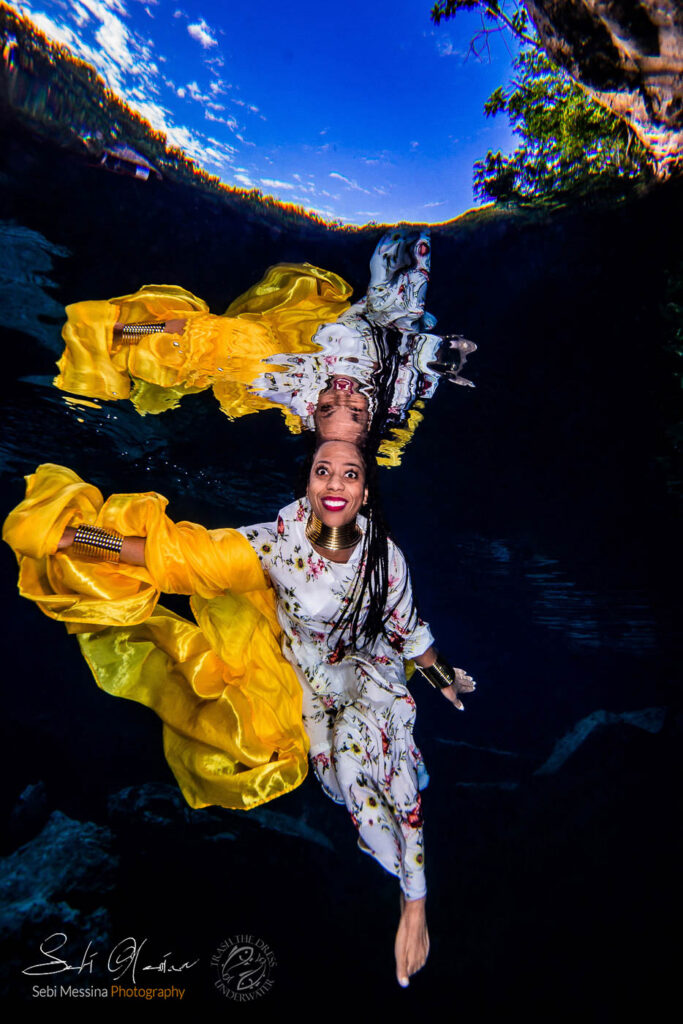
Underwater Cenote Photographer
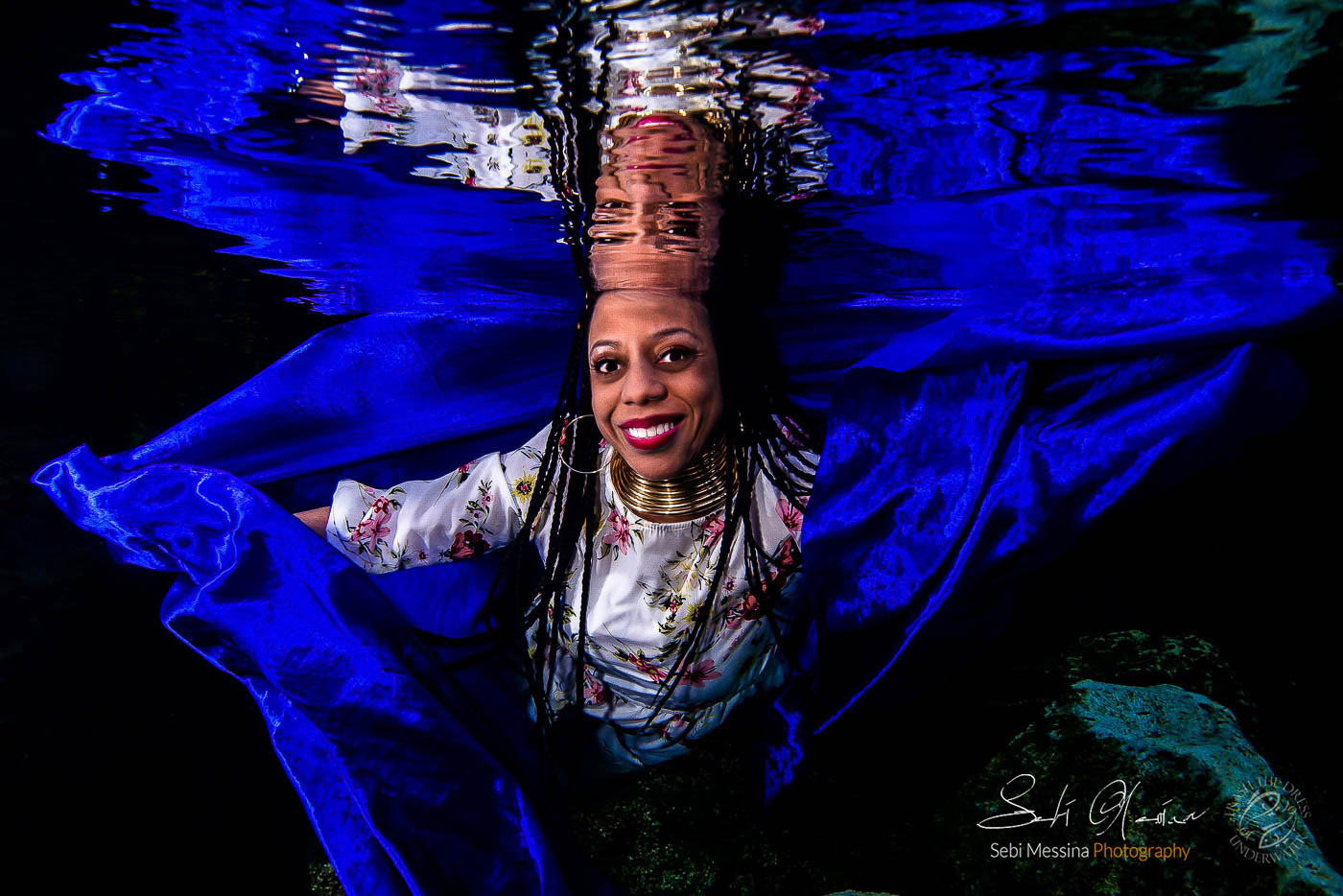
Underwater Cenote Portrait
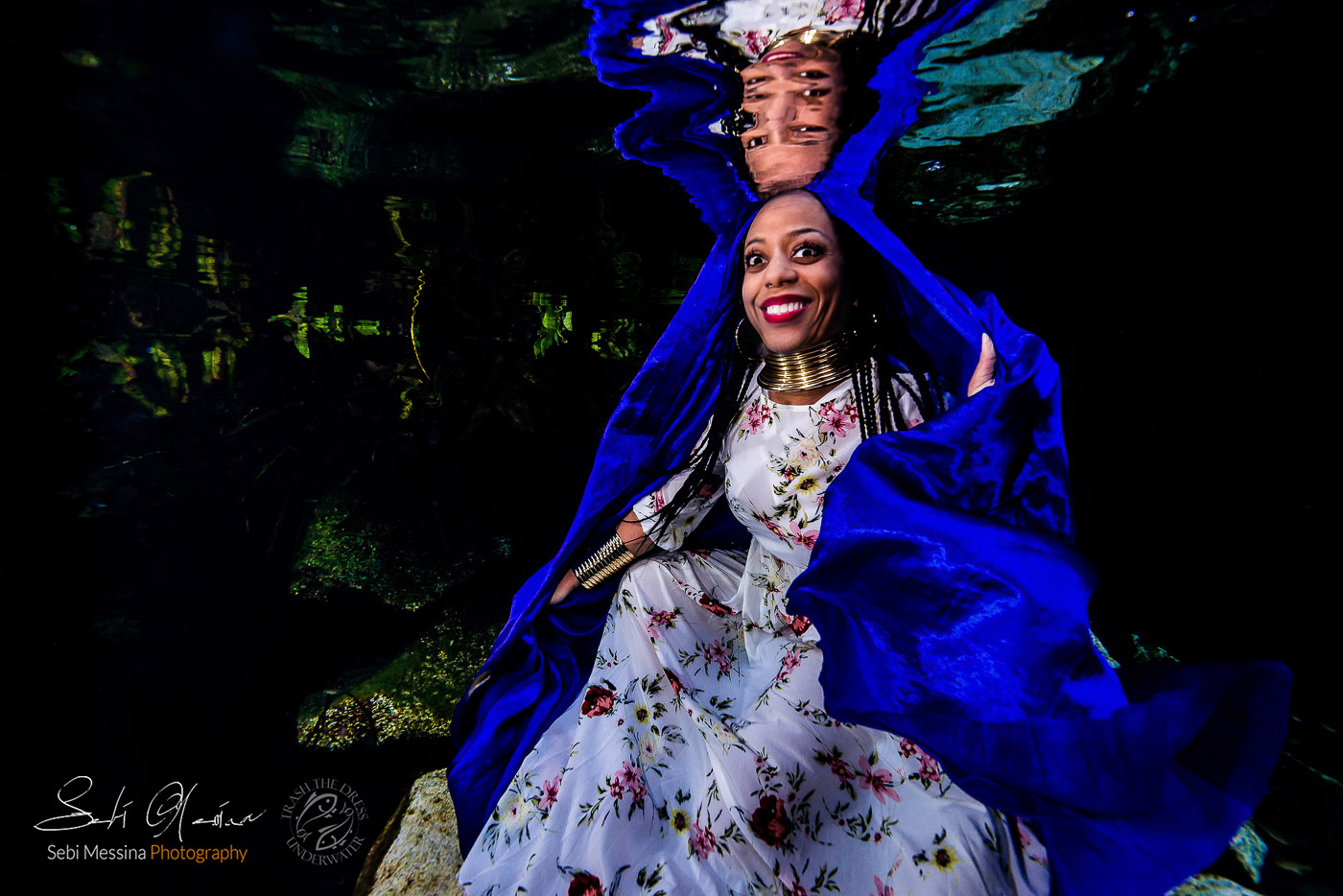
Underwater Cenote Photographer
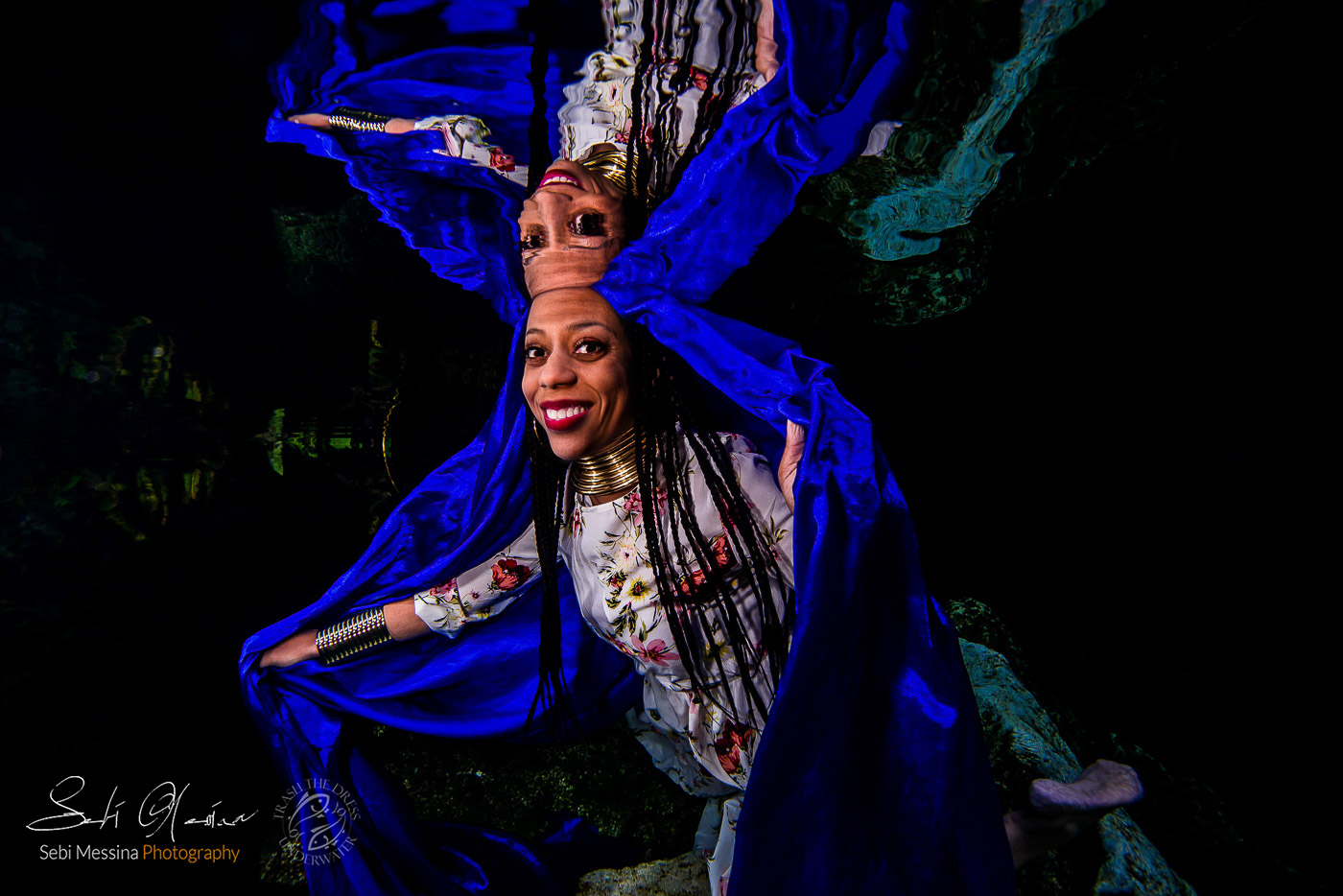
Underwater Cenote Portrait
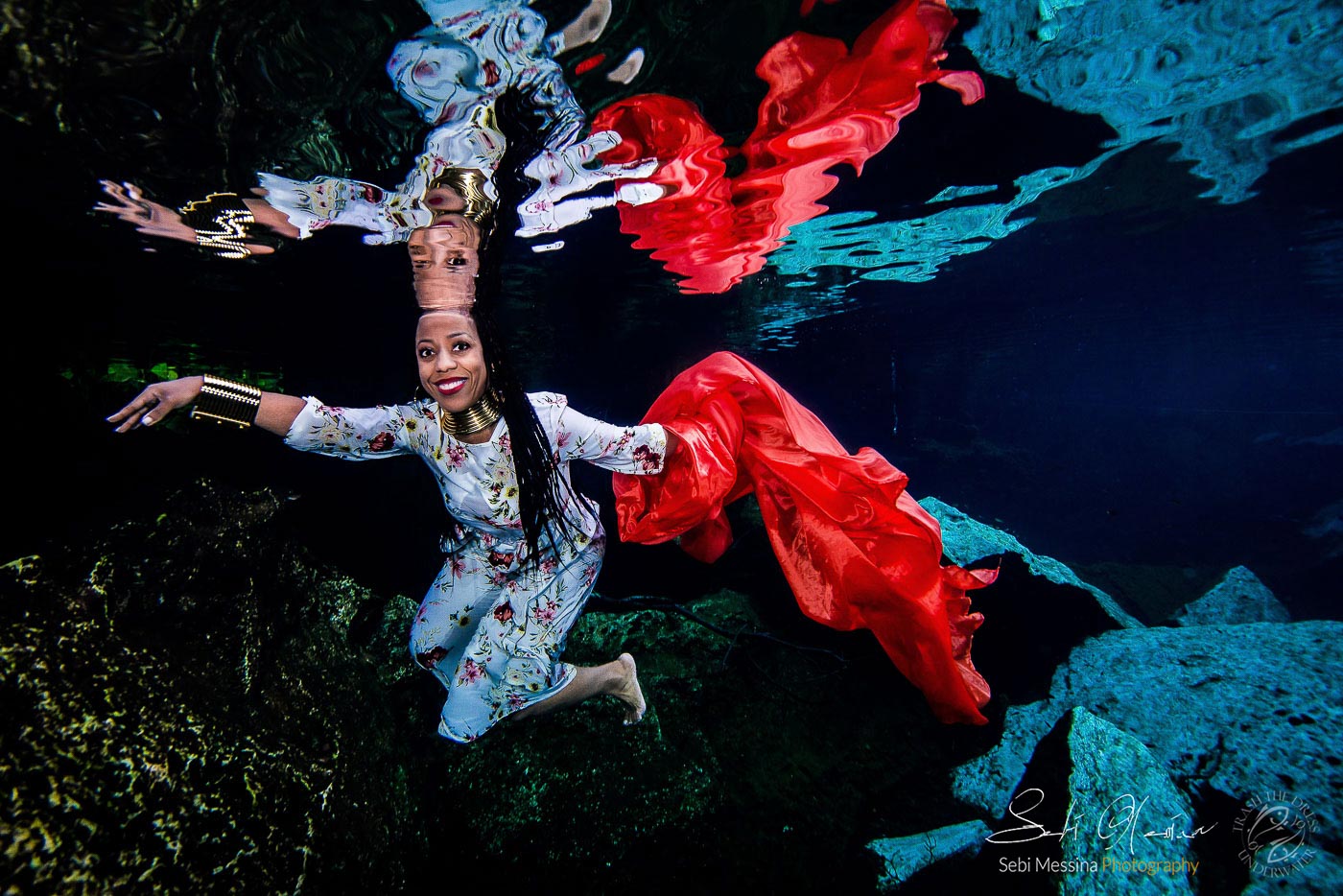
Underwater Cenote Photographer
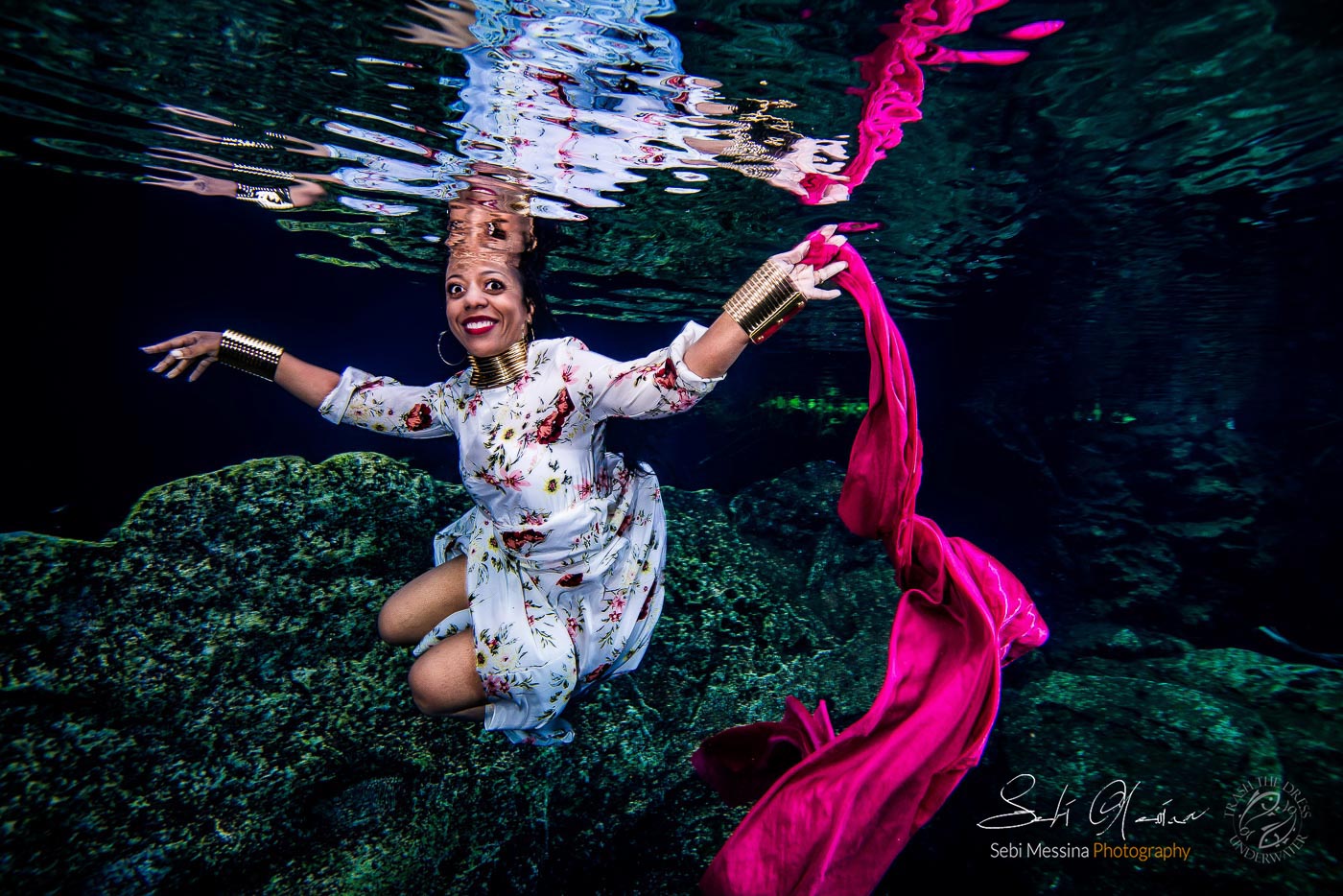
Underwater Cenote Portrait
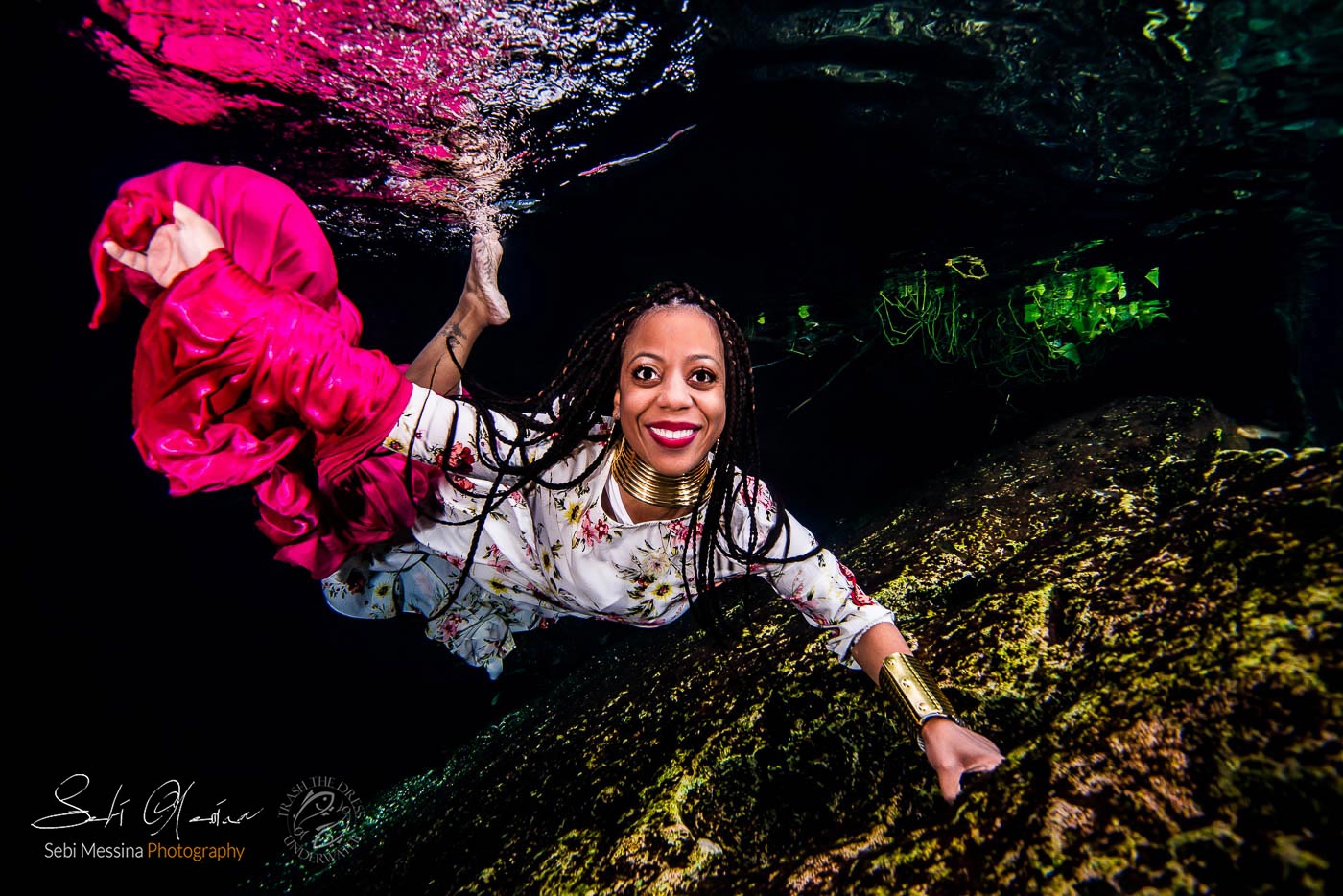
Underwater Cenote Photographer

Underwater Cenote Portrait
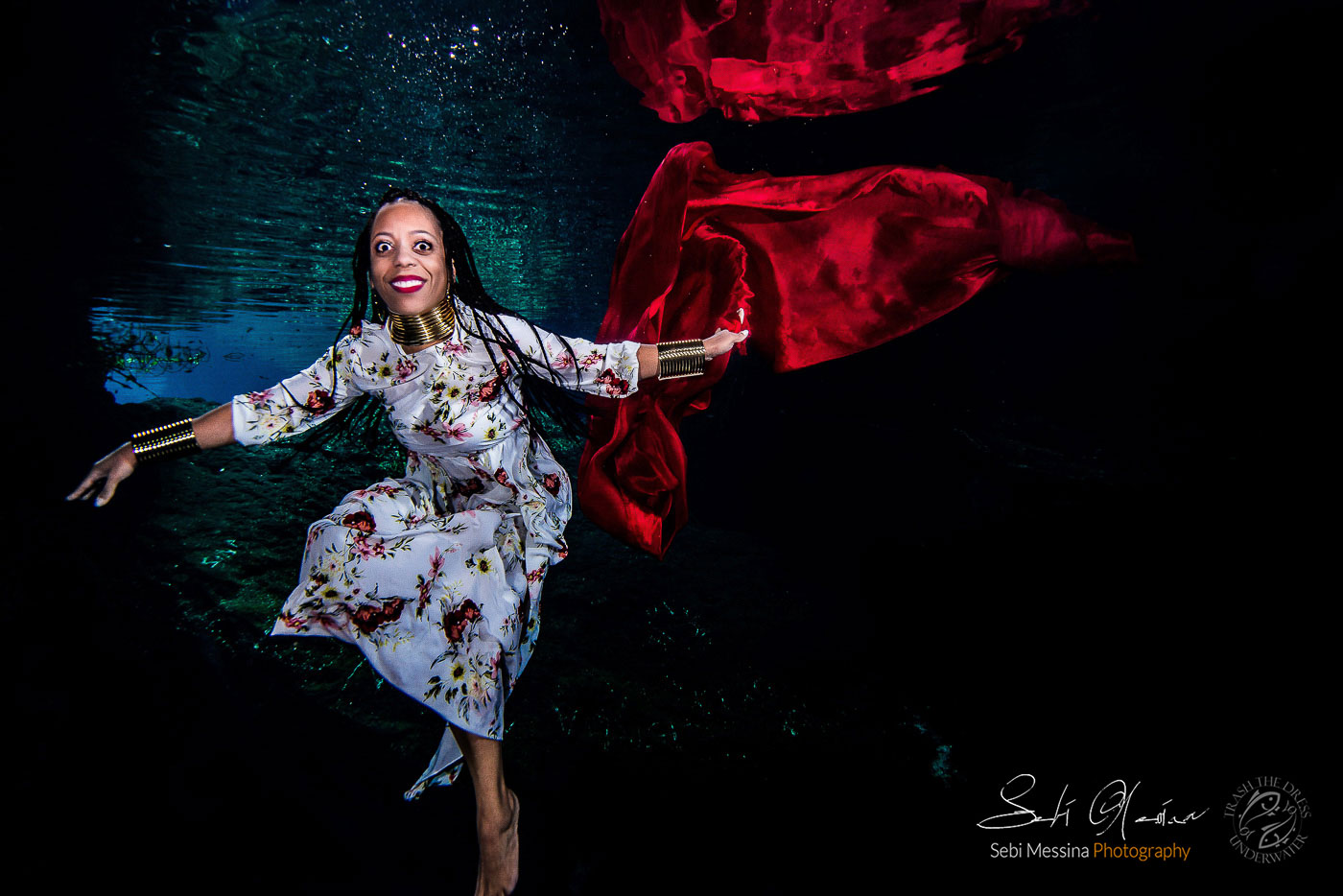
Underwater Cenote Photographer
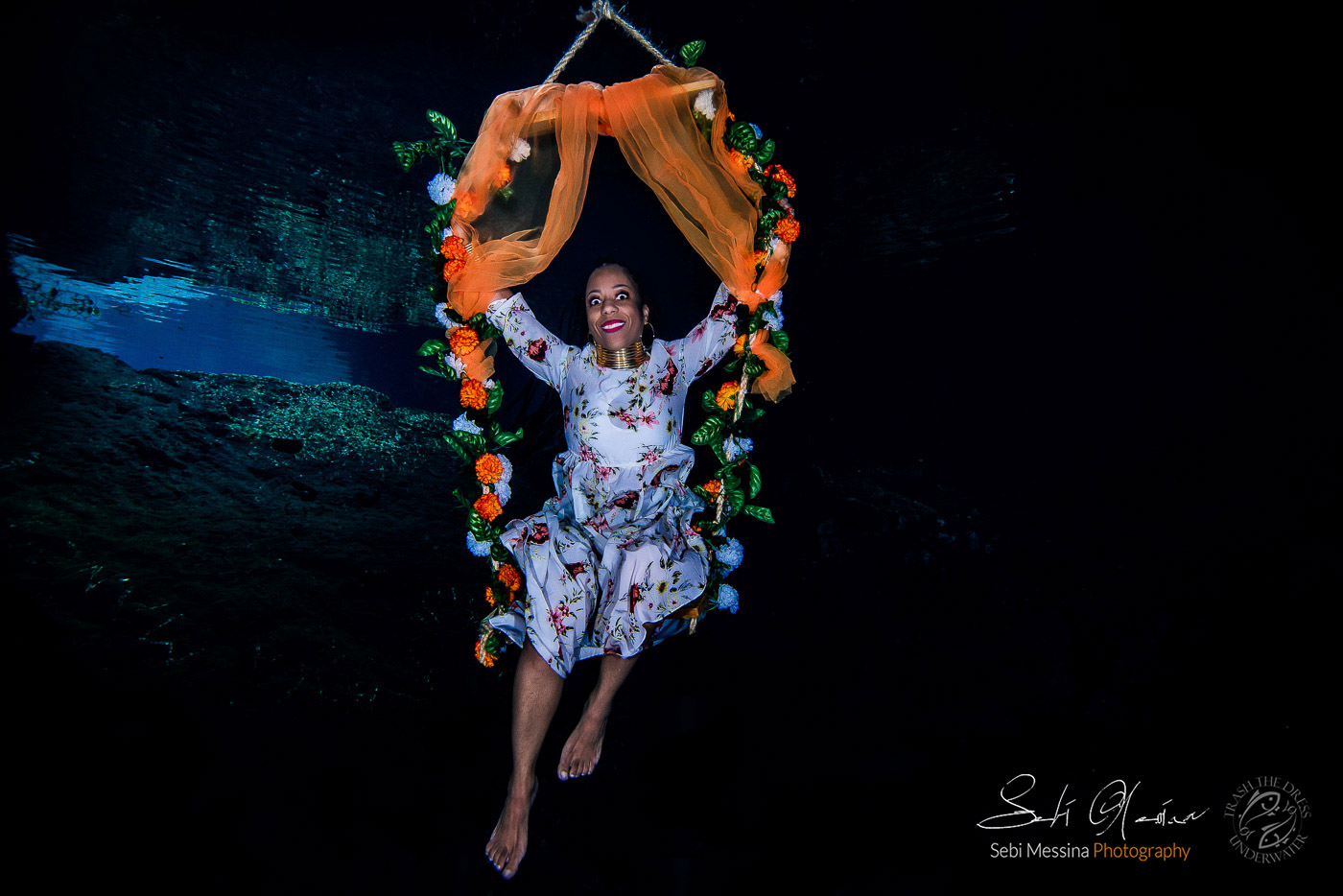
Cenote Underwater Photos
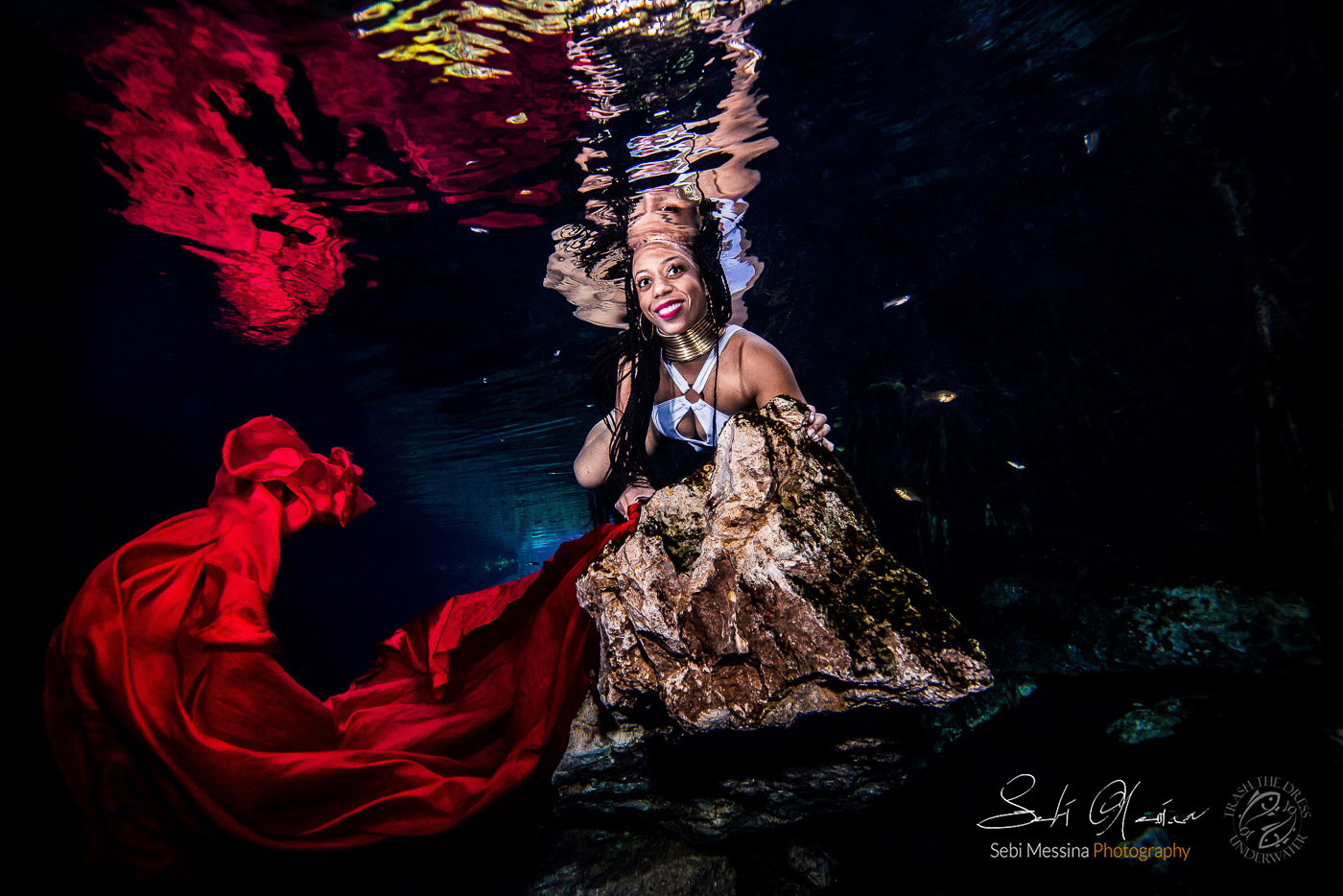
Learn more about our packages
and
Underwater Cenote Photographer
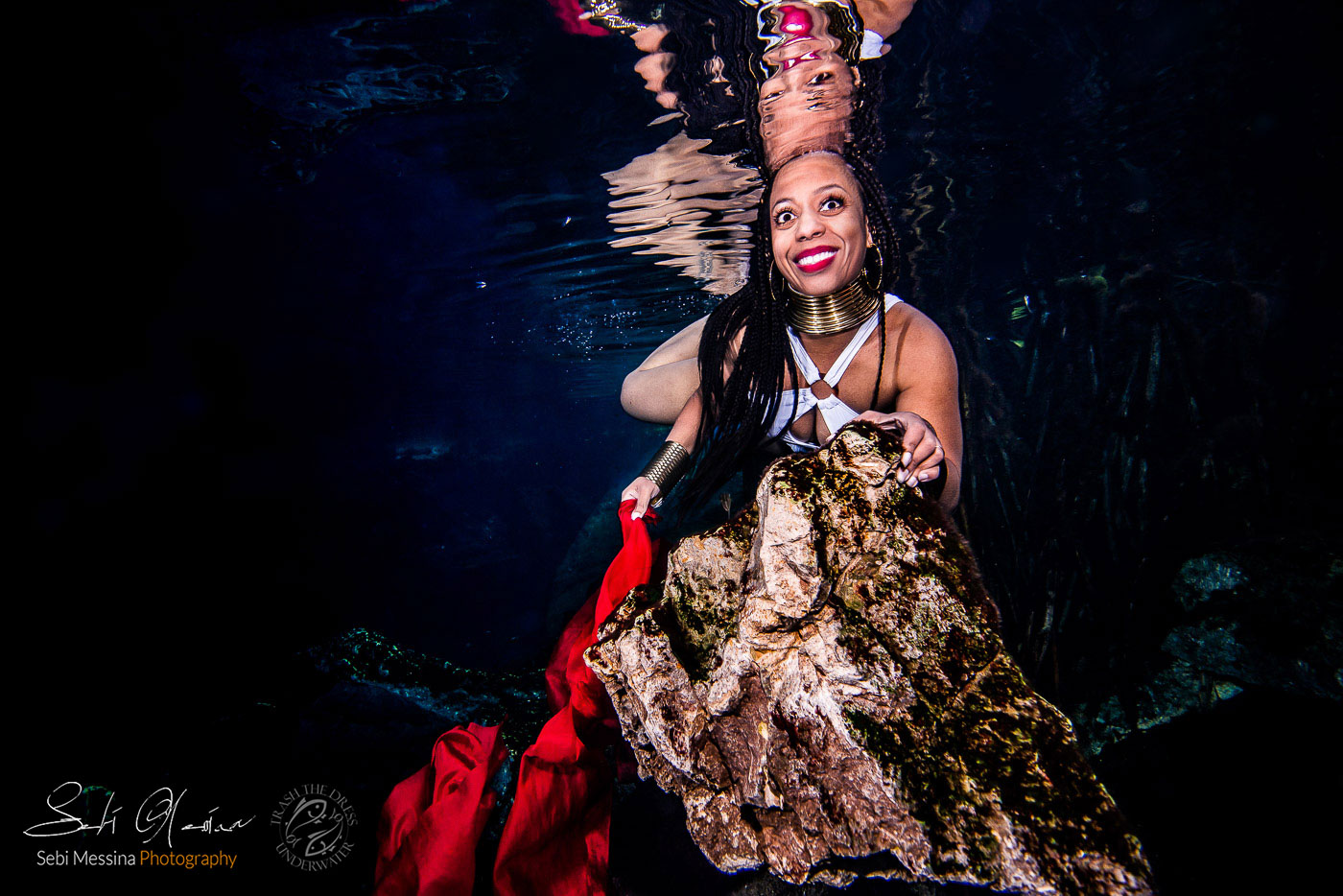
Cenote Underwater Photos
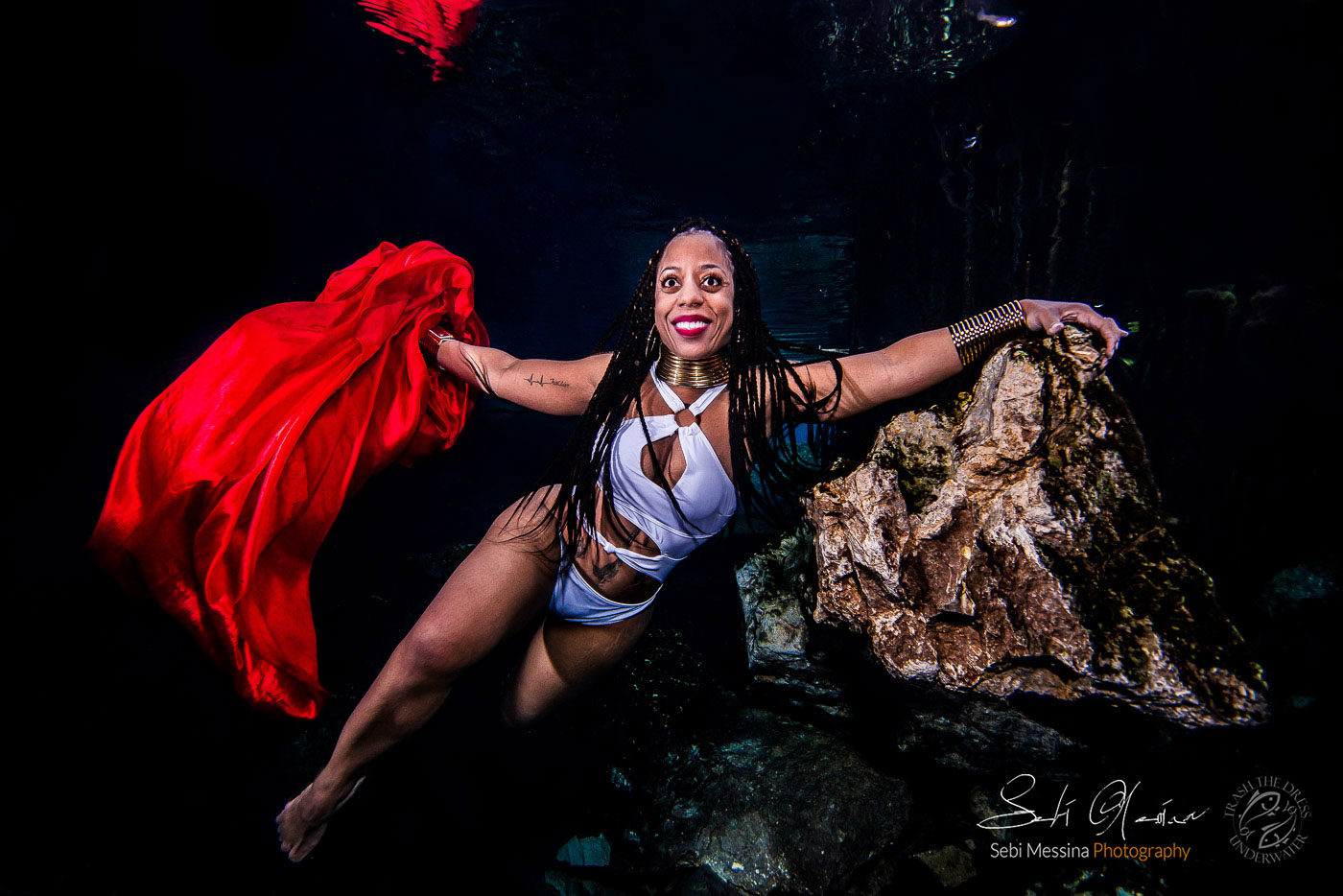
Underwater Cenote Photographer
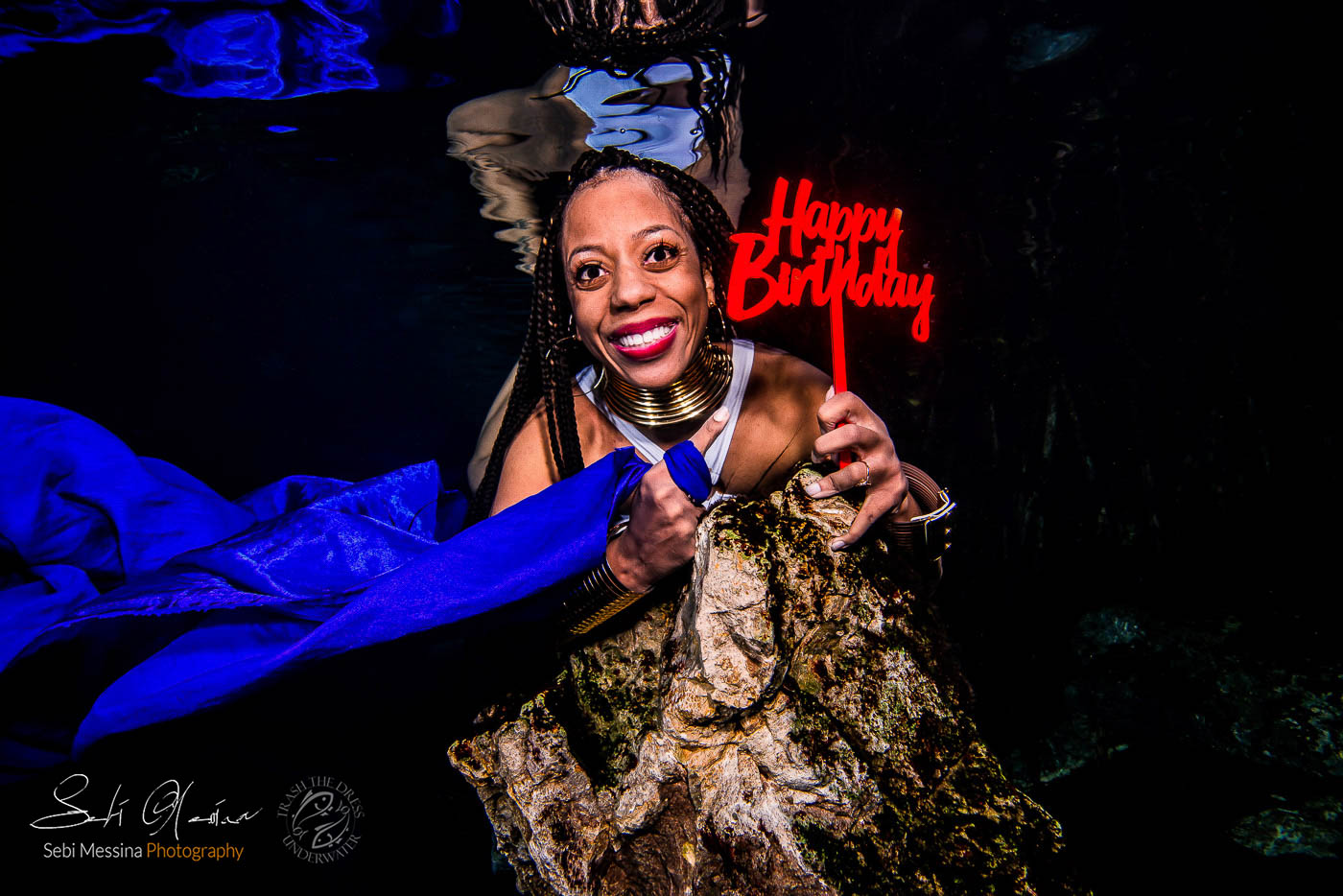
Birthday Underwater Cenote Portrait
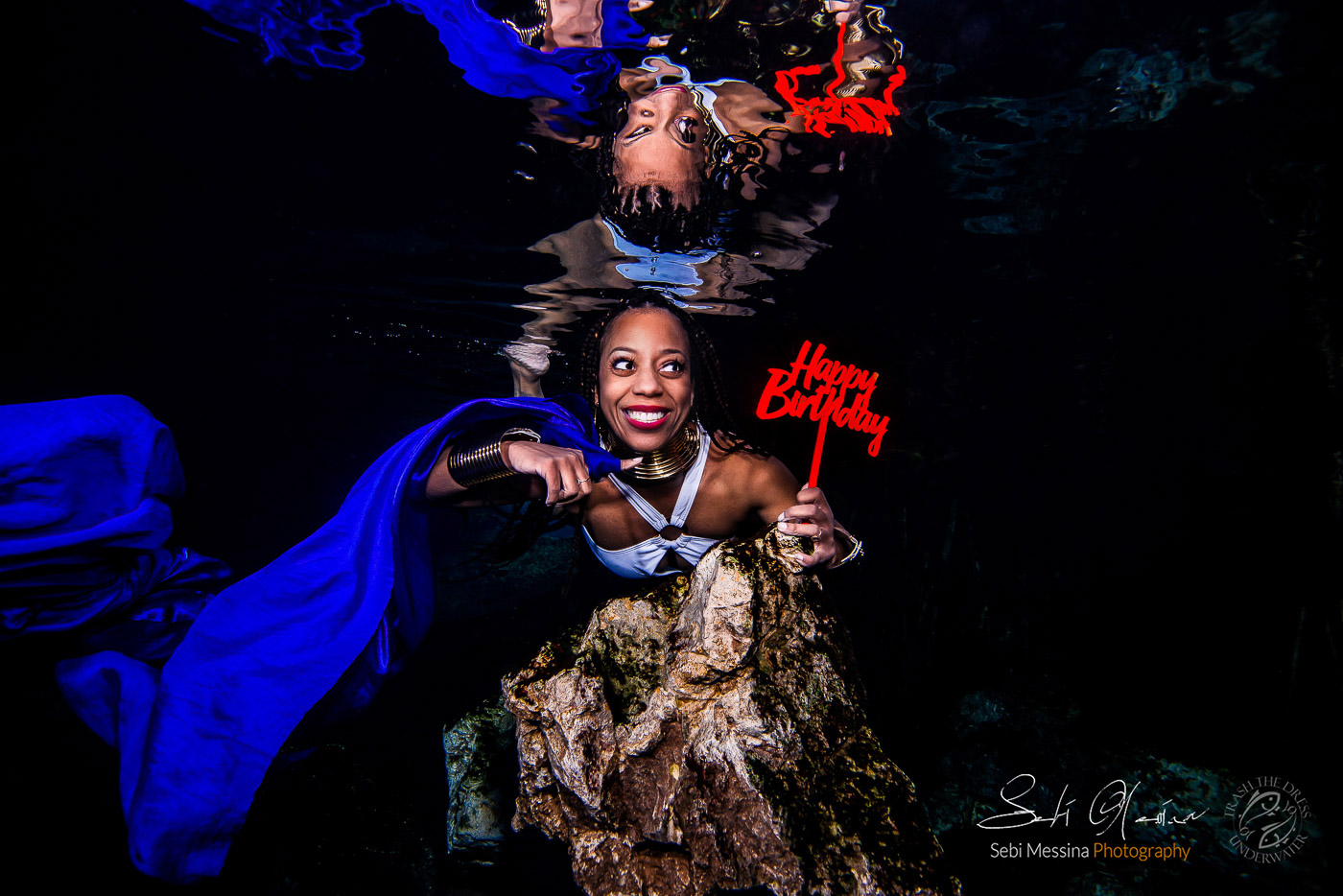
Underwater Cenote Photographer
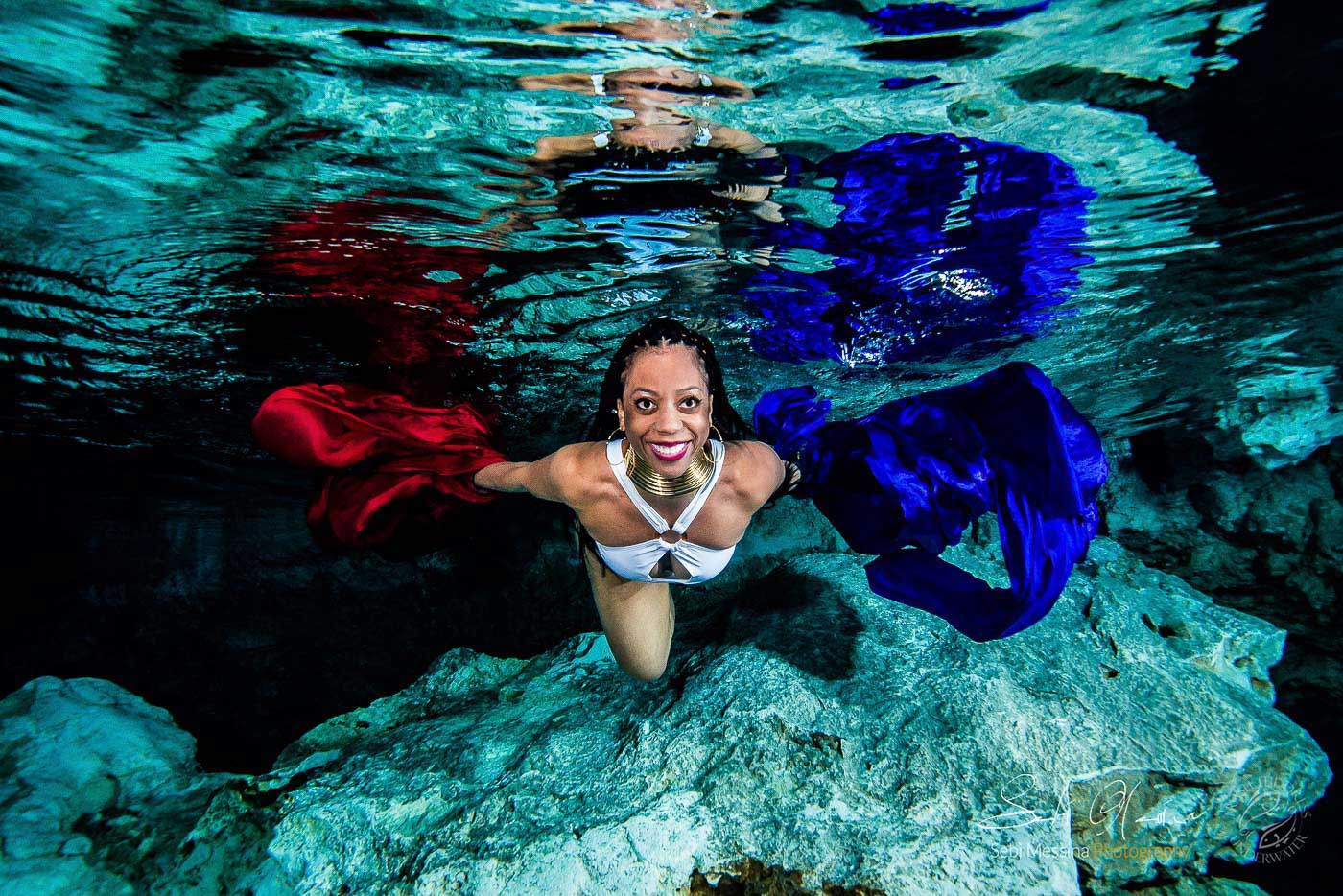
Cenote Underwater Photos
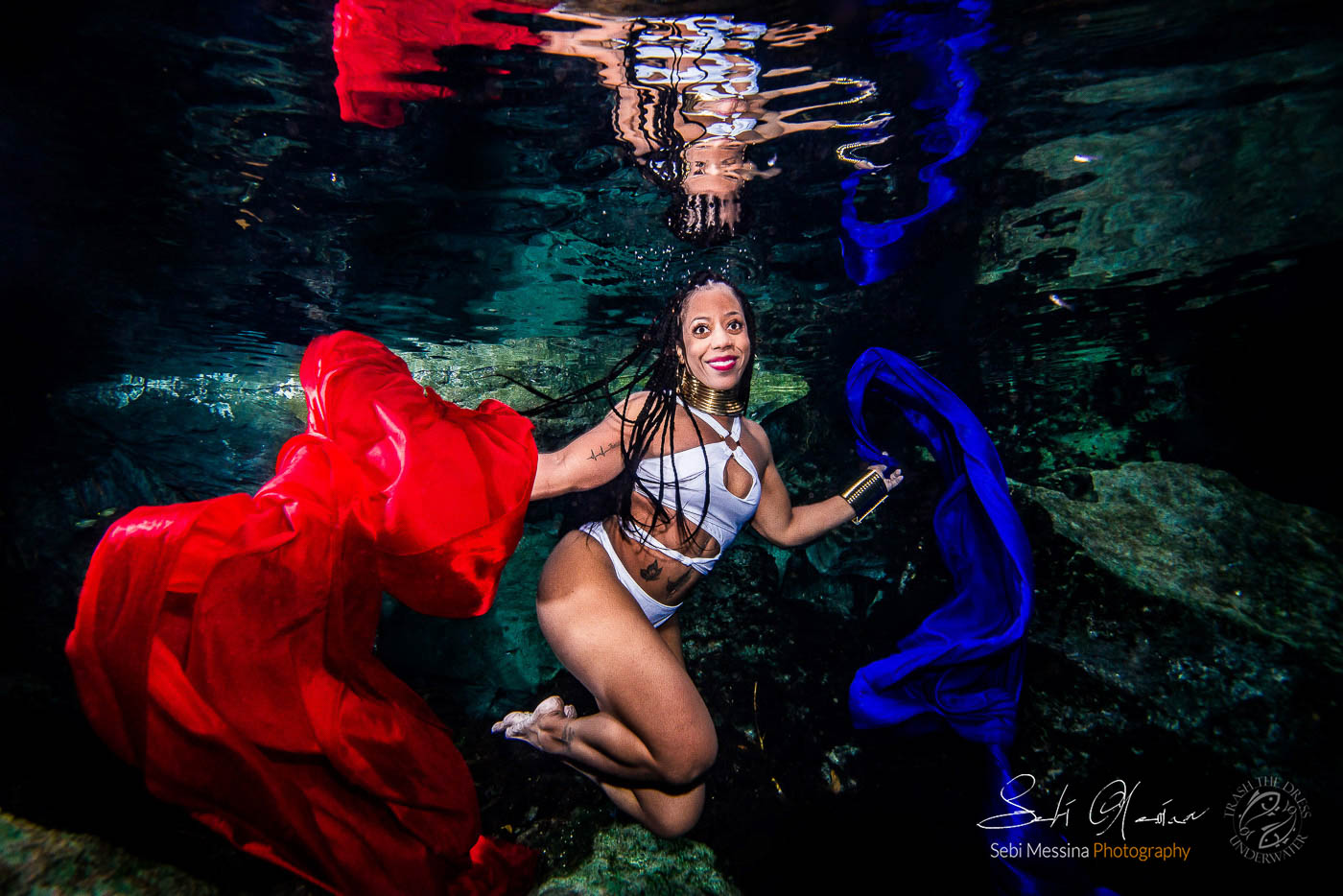
Underwater Cenote Photographer
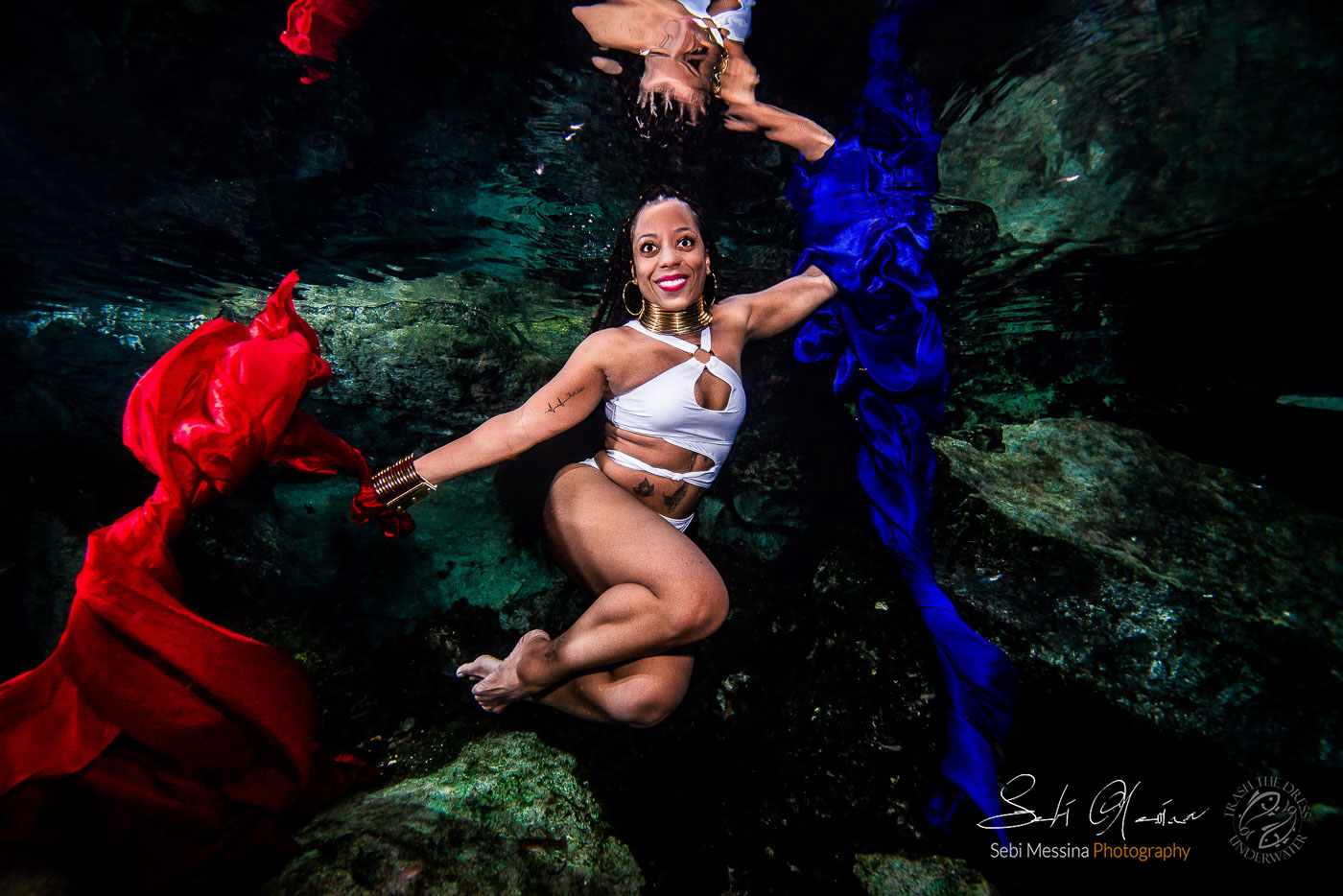
Underwater Portrait Mexico
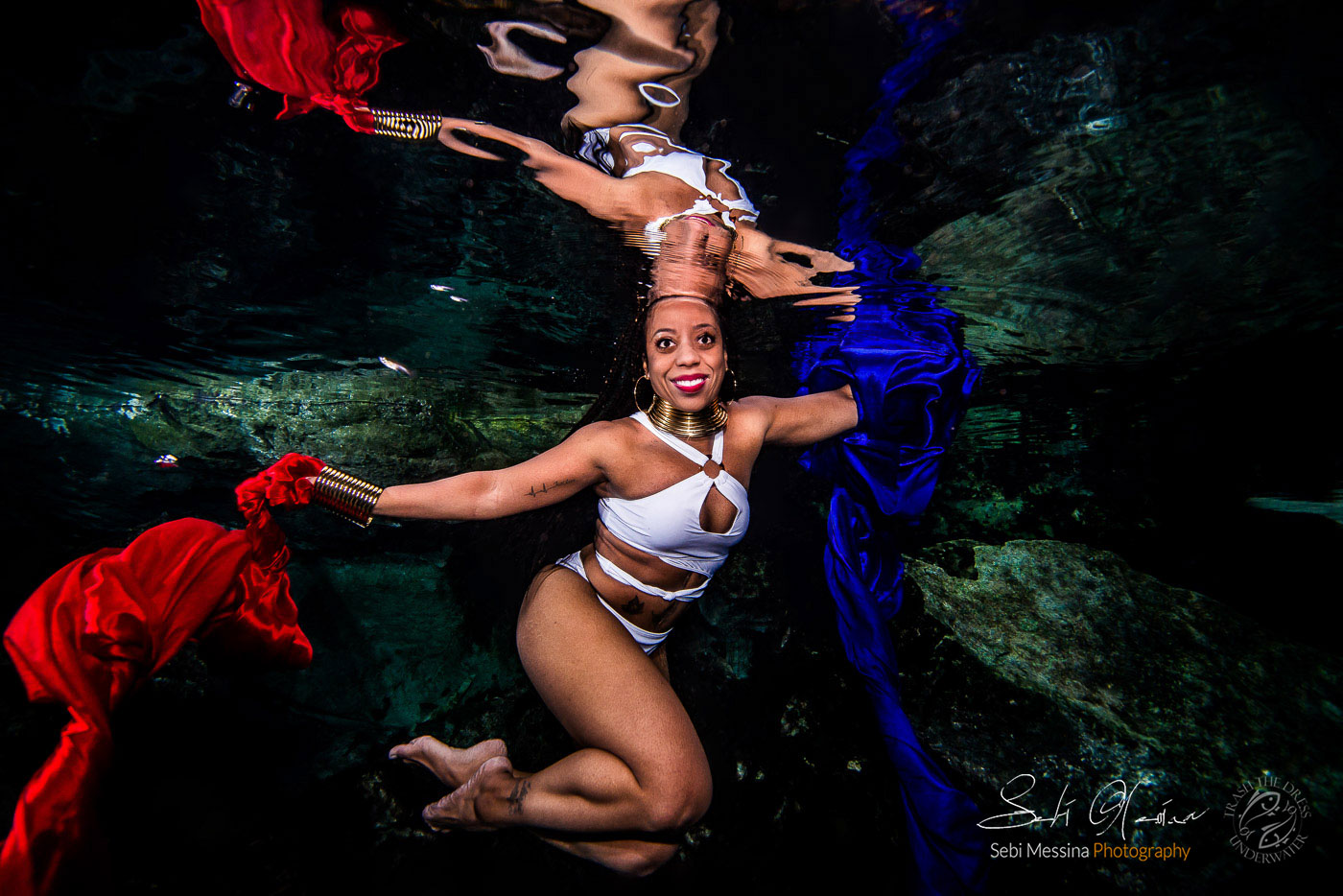
Cenote Underwater Photos
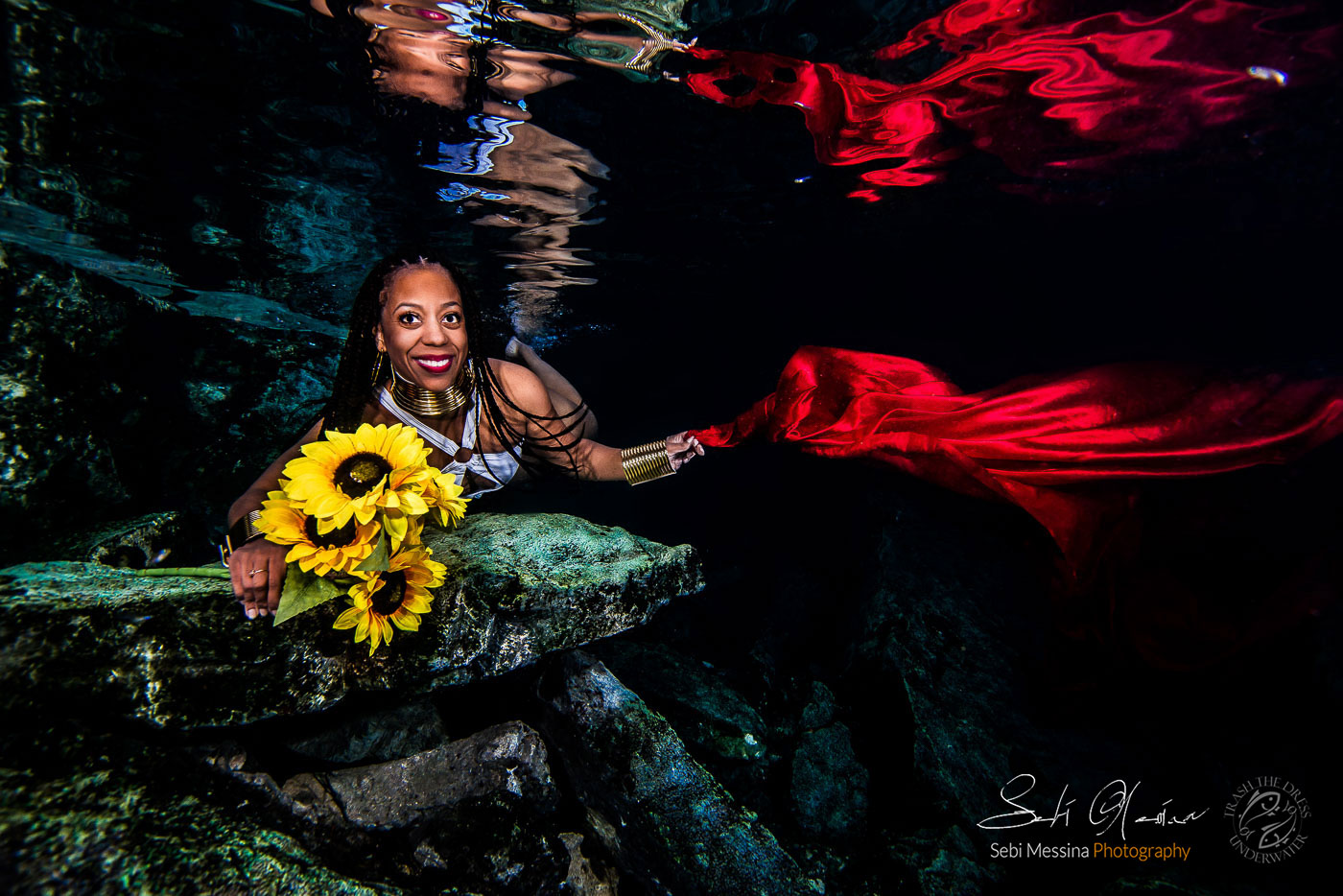
Underwater Cenote Photographer
Learn more about our packages
and
There is a time when, having established the destination and the dates, we start planning as many activities as possible, trying not to waste a single moment of what will be a well-deserved vacation.
And so in the evening, after a hard day’s work, we sit in front of the computer screen looking for information that might be useful. Most of the time we start by crossing images and ideas that we have come across in the past. And from there we begin to focus our first search on the Internet.
Often the starting point is the travel groups on Facebook, which are an inexhaustible source of first-hand information provided by those who yesterday (or a year ago) spent a vacation in the same destination where we have decided to go.
In those groups, you can find a list of practical advice ranging from transportation to accommodations, from restaurants to bars, with an amount of detail unimaginable just a few years ago and certainly too vast to be included in any travel guide. Not to mention the continuous updates posted and commented on practically live by those who have questions to ask or considerations to share. As if to say that by now – when planning a trip – little or nothing is left to chance.
Purists or nostalgic of the past will certainly have something to say about all this. For example, that nowadays we have lost the pleasure of the unexpected and with it – possibly – part of the pleasure of travel. Perhaps there is some truth in this, but not too much….
Touch and go trips or gateways have become much more frequent for some time now. It is obvious that one tries to include as many things as possible in those few days, avoiding useless waste of time.
We welcome the rationalization of time and activities during the vacation. After all, this is a job that is done in advance, before leaving.
Nessa came to Mexico to celebrate her birthday. She was probably thinking of treating herself to a photoshoot, but I don’t think it had ever crossed her mind to have her portrait taken underwater. Probably, to be honest, she didn’t even know it was possible.
So here too, in this case, the Facebook travel groups mentioned above proved to be a great help. By chance, her eyes ended up on a post with images of an underwater photoshoot that we had taken a few weeks earlier with one of our clients (who later became our friend ….).
After all, among the activities she was planning for her stay in Mexico was a visit to a cenote. Adding an underwater photoshoot was immediately a temptation that was hard for her to resist.
Today we imagine her closing her cell phone and reopening the same page on her computer to dwell carefully on every single photo. Before that day she had never looked for news about an underwater cenote photographer in Tulum and seeing those underwater photos immediately likely intrigued her.
She contacted us that same evening and booked the next day.
But what was behind those underwater pictures? Certainly, the transparency of the cenote’s water and – right after – a lot of passion from the underwater cenote photographer and his team. But that would be an almost romantic and probably too simplistic explanation.
Let’s start by saying that for our models or brides, the most common impression before taking part in an underwater photoshoot is that everything has the same immediacy as when you take a snapshot with your phone. Nothing could be more wrong. A proof of this is almost a form of gratitude that we perceive from our models at the end of the shoot.
Some of them expected the immediacy and speed of an assembly line and found instead a form of maniacal perfectionism in the search for the best lighting, the most natural and spontaneous facial expression, the perfect shot.
This might suggest a long and tiring photo session. In reality, it doesn’t. Because the experience gained as a cenote underwater photographer in almost ten years, allows us to optimize the time to the maximum and yet produce a large number of excellent photos in a time – all in all – limited.
To do this, we use a complete set of scuba equipment that, although bulky and heavy to carry, helps us – as we said before – to produce many high-quality photos in a minimum of time.
Every single pose is explained in advance, then the underwater cenote photographer dives, prepare the camera for the right exposure and when he is ready he gives a nod to the assistant. At that point, the model or couple dives in and begins to pose. At that moment the underwater cenote photographer is ready and for each dive 5 or 6 photos are taken in a row. If among these there is at least one good satisfactory, the next pose is taken, otherwise, it is repeated.
Without scuba equipment, the number of photos for each dive would certainly be lower, forcing the underwater cenote photographer and the model to more dives (and therefore more time) before obtaining a satisfactory shot.
But even a satisfactory shot during the dive is still far from the finesse of the finished product. After all, the time spent in the water for an underwater photoshoot by any serious cenote underwater photographer is just a tiny portion of the entire production process.
The next step is to download all the files to the computer. Some images will be blurry, others poorly exposed, in others, the facial expression will be funny, the eyes half-closed or even closed completely. After all, these are images taken underwater…
The purpose of the first selection will be to eliminate all these imperfect photos. But even among those that have passed the first selection, there is some work to be done. All photos are still greenish. The water behaves like a big filter that cuts off the frequencies of the various colours. So the next thing to do is to correct the white balance (does that sound too complicated?) and bring the colours – as much as possible – back to how they are outside the water. This applies to both the colour of the skin and the colour of the fabrics that we make great use of during our underwater photoshoots.
Now the photographs begin to look decent. It is time for the second selection. At this stage, we divide the photos into groups with the same pose. And the characteristics of every single image are taken into consideration: composition, exposure, facial expression, movement of the fabrics, harmony of the pose… Usually, only 2 or 3 photos per pose pass this test, but it’s already possible to make an evaluation of the whole underwater photoshoot and have a deeper overview of a small and selected number of images.
The next stage is perhaps the most difficult. Of the two or three images that we had chosen for each pose, we will have to choose only one and – believe it or not – sacrificing photos that are still very beautiful is almost a painful process. But it has to be done, with the goal of achieving impeccable quality.
At this point, we find ourselves with a bunch of photos that are the best of the best. Now it’s worth editing them well. But before delivery every single photo still has to be exported in JPG at maximum resolution and opened for the first time in Photoshop (so far we did everything else with Lightroom), for better cropping, to slim down some extra kilos in the model (if necessary), to fine-tune the colours. In the end, one more check, and the editing job is done.
Each of our photos requires an average editing time of 45 minutes.
Thank you Nessa for being so good and beautiful underwater.
- More information about Underwater Trash The Dress
- For a better understating, watch our YouTube channel, please. You will find some “The making of” videos.
- More information about our Weddings
- More reviews on Testimonials
- More About us
- You can also drop us a line via the “Get a Quote”
- Homepage
- And don’t forget to follow us on Instagram and Facebook







